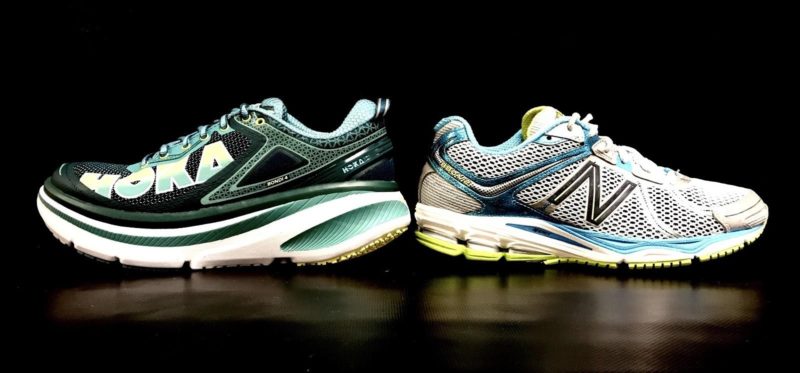
Functional Orthopedic Research Center of Excellence (FORCE) Lab provides cutting-edge research and seeks to optimize musculoskeletal function and performance, prevent injury, and promote general well-being through the study of human movement. It is a partnership between the kinesiology program at Oregon State University-Cascades, The Center, and Therapeutic Associates.
Lower extremity (hip to ankle) injuries are a common occurrence among recreational runners. FORCE Lab recently conducted a study to test the effects on lower body biomechanics of wearing a neutral shoe and wearing a Hoka brand maximal shoe. While running footwear has evolved over the past 40 years, there have been substantial structural changes in recent running footwear offerings, including the minimal type and maximal type running shoe. Maximal shoes, like Hokas, represent the most recent trend of providing the runner with a highly cushioned midsole.
Fifteen female recreational runners participated in two data collection sessions. They ran in a neutral shoe for the first session and a maximal shoe in the second session. Each participant was measured before and after a three mile run on a treadmill to determine the ground reaction force and the loading rate for each shoe. FORCE Lab has a state-of-the-art 3D motion analysis system and force plates to measure these variables.
The FORCE Lab research team hypothesized that the highly cushioned maximal shoe would reduce both the ground reaction force and loading rate for these runners. However, their findings were the opposite. The maximal shoe actually increased both variables in contrast to industry claims. They did recommend future studies to give the participants a chance to break in the Hoka shoes before the next research project is conducted.
Interested in finding out more or participating in an upcoming study? Follow FORCE Lab on Facebook by clicking here.





